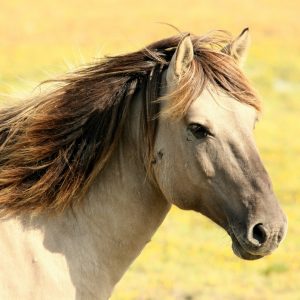Learn to design and manage a comprehensive permaculture system. This course integrates all aspects of permaculture into the design and management of a comprehensive and balanced system. The course covers an overview of permaculture, energy efficient building alternatives, waste disposal systems, recycling, natural watering and sustainable energy alternatives, and designing for natural disasters. You will also undertake a full scale major design project using the knowledge obtained from the course and utilising the learned techniques.
E-Learning Structure
The duration of this online course is 100 hours. This consists of 10 in-depth lessons:
- Overview of Permaculture – Definition of Permaculture, understanding plant names, environmentally safe pesticides, zones, sectors and cycles in Permaculture design
- Buildings and Permaculture : The alternatives – Indoor/outdoor buildings, storage facilities, building materials
- Buildings and Permaculture : Integration into the Environment – Essential elements for houses in different zones, energy conservation, alternative energy sources
- Waste Disposal – Liquid waste, grey water, blackwater, waste disposal and recycling, nitrogen in waste
- Recycling – Composting, waste water recycling, conservation and recycling, council recycling
- Designing for Natural Disasters – Fire, flood, cyclone, tsunami, biotecture
- Natural Watering – Water efficient gardens, mosquitoes, windmills
- Indigenous Plants and Animals – Wildlife management, birds in the garden, suitable native plants
- Preparing Management and Development Plans – Planning and managing a garden, Permaculture design, work schedules
- Major Design Project – A in depth design project for both your own residence and another property
Course Aims
- Go to nurseries and agricultural supply companies and inquire about environmentally safe pesticides. Write a report on these products.
- Explain the methods available to someone who wishes to control pests, diseases and weeds without using potentially dangerous chemicals.
- Observe the construction process of a building or structure that involves some type of earthworks (eg, roads, dams, etc).
- Briefly write a short report on mud brick dwellings. What are the benefits of this in of structure? What are the disadvantages?
- Take a photograph of your home or residence. Discuss your residence in relation to designing with consideration to the environment (eg. does it efficiently utilize sun and shade, is it energy efficient).
- Describe the importance of house design in relation to location, eg. tropical region of Queensland or west coast of Tasmania.
- Contact the local council or health department and inquire about allowable use of waste material in your area. Consider asking about grey water, septic tanks, use of effluent and animal wastes, etc. Write a report to 250 words on the task.
- Contact and obtain information on composting toilets from a manufacturer. Compile this information and use it as a personal reference.
- Contact the local council or health department and inquire about recycling methods available for residents of your shire. How has the council encouraged recycling?
- Find a home site (which has an existing home on it, or is planned to be built on), which is prone to natural disaster. This might, for instance, be in a flood or fire prone area; or perhaps a tropical climate that is prone to cyclonic storms.
- Consider what measures can be taken in the permaculture development of this property, to deal with the likelihood of a disaster at some future date.
- Contact a supplier of windmills and find out all that you can about the use of these devices for supplying water (ie. pumping from a river, lake, dam, ground water etc). Discover the alternatives available, the costs involved, the applications, operation etc.
- Contact the National Parks and Wildlife department and obtain as much information as possible on wildlife corridors, conservation, etc. Contact your local council department and inquire about their wildlife corridors, etc. Are they similar or drastically different? Can you think of a reason why there may be a difference?
- For a month period, write down all tasks performed by yourself and anyone who enters your permaculture garden. Submit this work schedule plus a brief report on how it may be possible to improve the time efficiency in the garden.
- Write a report on where you think ‘alternative’ permaculture is heading in terms of main-stream acceptance.
How Does A Warnborough Online Course Work?
You can start the course whenever is convenient for you. You will be studying from home and have access to support from our qualified tutors. Practical exercises and research tasks will be set at the end of each lesson – including an assignment. You will submit this assignment to your course tutor, who will mark your work and give you constructive feedback and suggestions.
If you have any questions please contact us.





